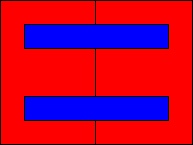| "E" Home |
|---|
| Prev. Menu |
|---|
Transformer for
Drop Machine
55v + 55v Test
Transformer
Wire Gauges
|
ELECTRONICS "A-Z" INDEX |
|---|
| Back |
|---|
|
|
|---|
Electrical Transformers in Theory and Practice
During the early part of my working life I was a student apprentice at the firm of Partridge Wilson & Co Ltd., whose trade name was Davenset. During my apprenticeship I learned about various transformer devices... From 10 mm cube to items that weighed half a ton.
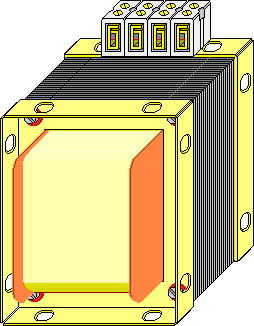
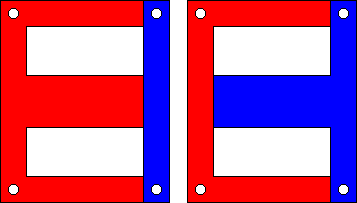

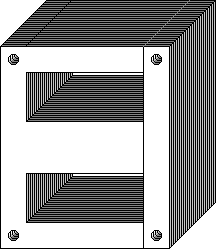
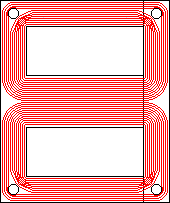
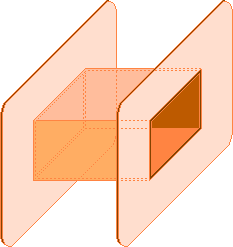
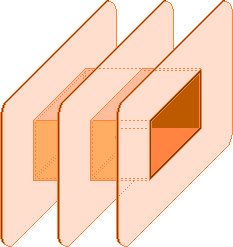
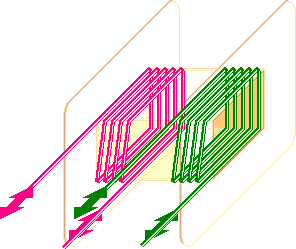

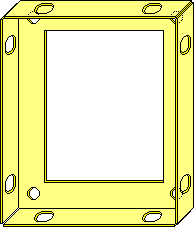
 These are made
in strips of 10 or 12 and sub divided (using a hacksaw) to
provide the correct number of ways to suit the windings and tappings.
These are made
in strips of 10 or 12 and sub divided (using a hacksaw) to
provide the correct number of ways to suit the windings and tappings.
